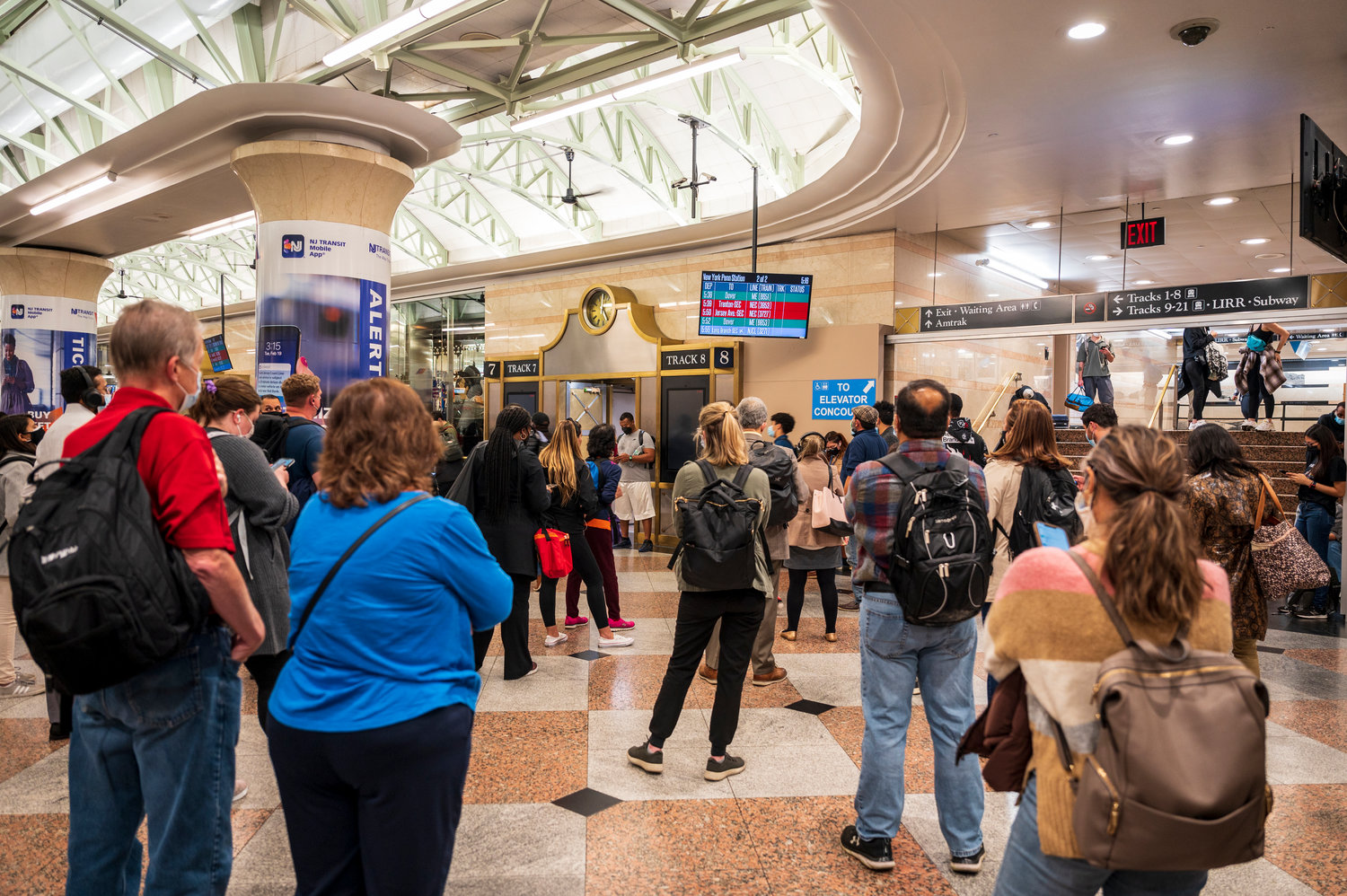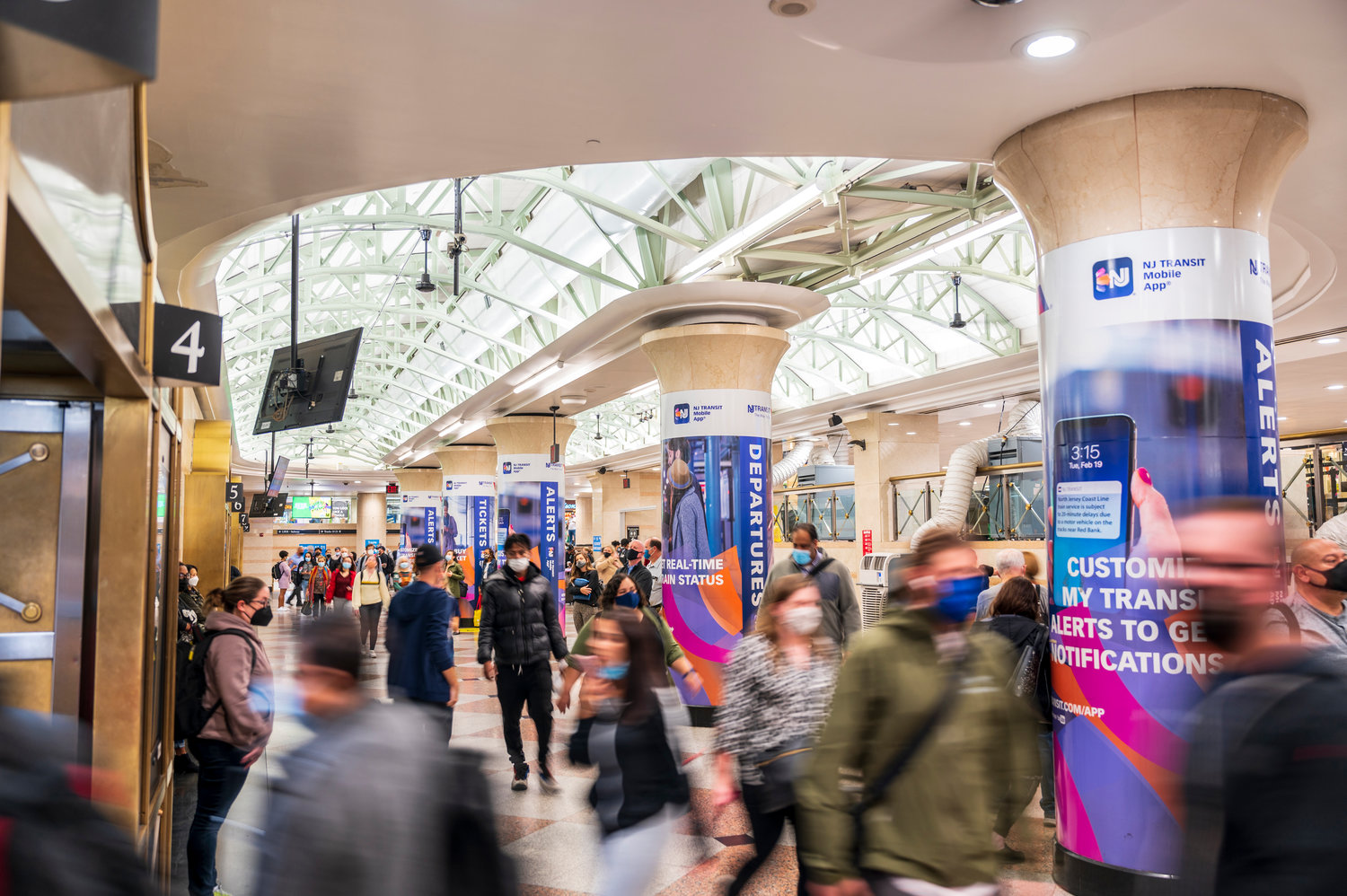Out-of-town workers still on hook for taxes
State won’t drop income tax obligations for remote workers in other locales
The pandemic brought about a lot changes, including far more people working from home.
Except those homes aren’t necessarily inside New York state.
Government officials believe as many as 1.3 million people — about 20 percent of New York City’s work force — lives outside of the five boroughs. Many come from Westchester County, or even Long Island. While still others — like Elina Vargas — typically travels to her Kingsbridge job from her home in Stamford, Connecticut.
But since the start of the coronavirus pandemic well over a year ago, she’s found herself not needing to hop into her car much at all.
“I really didn’t think working from home was going to last as long as it did,” Vargas said. “When I started to realize we kept extending our operations remotely, I started thinking about how much I’d be cutting costs in terms of getting to work, lunch and anything else I’d typically need throughout the day.”
Vargas works as a bookkeeper for a small supermarket chain in the Bronx and Brooklyn, so seeing financial trends is part of her job. But at least from a personal standpoint, it wasn’t until the later part of last year Vargas began to realize how much money she’d save if she stopped paying taxes in a city she doesn’t even live in anyway.
“I just started thinking to myself, ‘Why am I paying so much for, if I literally have no reason to be in the city?’” she asked.
It’s a question many out-of-state residents are asking themselves as they ponder how much they could save if they simply didn’t have to pay New York’s income tax.
Many of those non-residents have spent the better half of two years working from home, which means they rarely step inside the state.
Vargas’ wish to rid herself of those tax obligations may be wishful thinking. At least as far as Charles Moerdler can see.
“I can fully understand that in terms of their concerns as to whether or not they can have the kind of a lifestyle they were thought to get during the course of COVID,” Moerdler said. “The COVID era is over.”
The possibility outsiders can avoid having to pay those taxes are less likely, Moedler said, because it would cause a major loss in city tax revenue.
That has created some chatter about taxing workers who still get a paycheck from a company in one place, even if they are physically doing their job somewhere else. New York is ahead of the curve in that regard, still charging income tax on employees working for companies inside the state, even if they are not inside the state when they collect that paycheck.
The only way those employees can avoid that specific tax is if their job establishes what the state calls a “bona fide employer office” at the employee’s telecommuting location. That means someone’s dining room officially listed as an official company office.
But it’s not just taxes that have Moerdler concerned — it’s overall loss of revenue. A Reuters report last year suggested a larger number of wealthier residents fled the city at the beginning of the pandemic, replaced by those making far lower wages. While the net loss was just 70,000 people — each one of those people contributed more than $485,000 to the economy, putting those losses in the billions.
“If that is true of the percentage of the total dollars involved, the city is in about the deepest (trouble) you can imagine within two years,” Moerdler said. “They’d be losing a lot of money”
Yet many of those people have returned, at least according to a new report from city comptroller Scott Stringer. But that doesn’t absolve the city of many of the issues that exist here today, Moerdler added, like high rent prices and even higher home values — good for sellers, but not exactly all that great for buyers. Those issues will continue to push many to live outside New York City.
Those who do live elsewhere may not have as much of a tax burden as one might think. That’s because someone living outside New York but still works in New York typically receives a tax credit from their home state, according to the state’s taxation website, in order to eliminate potential double taxation of their income.
Also, anyone working within the five boroughs but doesn’t live within the five boroughs are exempted from New York City income taxes.
“That’s the one reason why I don’t mind working in New York because I don’t know that I’d be able to afford it otherwise,” Vargas said. “Honestly, it would be pointless. And the (state) would be doing more to hurt us then to help us in that case.”
The income tax credit generally helps them, but mostly if their primary residential state’s taxes are as high as the state where they work in.
Otherwise, non-residents in low- or no-income tax states could be taking a potential loss in income.
Vargas makes slightly above $60,000 per year with Connecticut claiming roughly 5.5 percent of it. By comparison, New York state taxes for someone in the same bracket is just under 6 percent.
Ultimately, this would mean Vargas pays more in state taxes because she’s obligated to pay New York’s assessment, while the Connecticut tax — which she’d receive the tax credit for — has a lower rate, forcing her to make up the difference. For those telecommuting from much further — like Texas or Florida, where there is no income tax — that income loss is a lot steeper because there are no taxes to credit.
A Florida resident telecommuting for work in New York making $65,000 annually could see a loss of more than $3,000 because of New York’s tax rate.
The loss between New York and Connecticut income tax isn’t as big of a deal for Vargas, but when the thought of cost cutting does come to mind, she often takes the matter under deeper consideration.
“It’s not as a big of a deal, to be honest,” Vargas said. “But still, why should I be paying more when — for a huge chunk of last year and even some of this year — I was working from home in a completely different state.”











